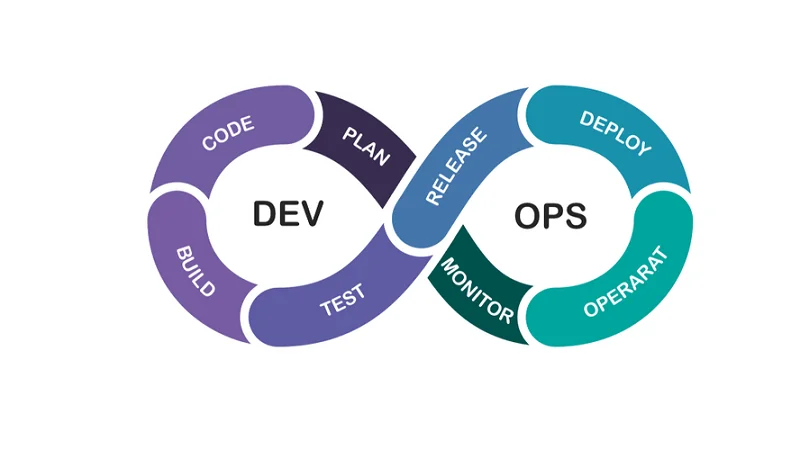At some point before each release, specifications would be frozen and the remaining time spent on fixing bugs. In these seven phases of the systems development life cycle the product program code is written in accordance with the design document’s specifications. All of the preliminary planning and outlining should, in principle, make the actual development step pretty simple.
- Various SDLC methodologies have been created, such as waterfall, spiral, agile, rapid prototyping, incremental, and synchronize and stabilize.
- In the ideal situation, execution is so smooth that no effort is required when the integration happens.
- To understand the SDLC-concept, the term system needs to be defined.
- SDLC products from software vendors promise organizational clarity, modern process development procedures, legacy application strategies, and improved security features.
- Provide verification, goals, and deliverables that meet design and development standards for each step of the project, developing extensive documentation throughout.
- This model prioritizes flexibility, adaptability, collaboration, communication, and quality while promoting early and continuous delivery.
Each stage has a separate project plan and takes information from the previous stage to avoid similar issues . However, it is vulnerable to early delays and can lead to big problems arising for development teams later down the road. Depending on the skill of the developers, the complexity of the software, and the requirements for the end-user, testing can either systems development life cycle phases be an extremely short phase or take a very long time. Take a look at our top 10 best practices for software testing projects for more information. The Agile model has existed for a long time, and still hasn’t lost its punch. Lately, the model is widely adopted by organisations, and it is proven to be quite the driving force behind software development.
Test Driven Development (TDD)
Thanks to SDLC, the new system is implemented flawlessly in the current and future IT-infrastructure of a given company. An effective SDLC ensures that the to-be-developed system is high quality and meets the client’s expectations. There was a growing need for building large company systems, but the consumers and users in those days were far less demanding. They did not have a proper concept of what the possibilities would be on the short term.
The methodology should be easy for the team to understand and learn. Testing at the end of the life cycle is not favorable to all development teams. In systems design, functions and operations are described in detail, including screen layouts, business rules, process diagrams, and other documentation.
Importance Of Systems Development Life Cycle
Sometimes staff will need additional training to meet this goal, new procedures must be put in place, or updates must be made. As such, the move is done during off-peak hours, to ensure a minimal impact on business operations. https://www.globalcloudteam.com/ Both professionals and end-users should be able to reap the benefits of the new system during this phase. This means, among other things, that data and components from the old system must be moved to the new system.
Next, a comprehensive, in-depth design is created, taking into consideration all logical and physical needs in terms of functionality and technology. Ultimately, any development team in both the IT and other industries can benefit from implementing system development life cycles into their projects. Use the above guide to identify which methodology you want to use in conjunction with your SDLC for the best results. The new seven phases of SDLC include planning, analysis, design, development, testing, implementation, and maintenance.
How to choose a programming language to learn
Design documents typically include functional hierarchy diagrams, screen layouts, business rules, process diagrams, pseudo-code, and a complete data model with a data dictionary. These elements describe the system in sufficient detail that developers and engineers can develop and deliver the system with minimal additional input. In business, any systems which are implemented into the operations must go through several processes before they are fully integrated into the company infrastructure. Introducing a new clinical information system or component, including electronic health record systems, is a major undertaking for healthcare organizations.

Phase 4 represents the real beginning of software production and hardware installation . Oftentimes, the system development life cycle is confused with the software development life cycle. Although they share many similarities, the development of systems is more robust and complex in terms of its overall framework. The SRS document turn into logical structure which can developed in a programming language by software developers.
Iterative model
However, some experienced developers insist that SDLC is an abstraction describing the stages required for software development and the interaction between those phases. SDLC assists with process development, change management, user experience, and policies in addition to technical aspects of system development. Phase 6 of the initial development state of the systems development life cycle puts the software into production and runs as needed. If it performs the tasks correctly and represents the system, the developer moves on to the next phase of maintenance within the system development life cycle. Once you’ve completed all testing phases, it’s time to deploy your new application for customers to use.

If a problem is identified during any phase of the systems development life cycle, the developer may have to proceed through the life cycle phases once more. All phases of the systems development life cycle need to occur for the success of the app and satisfaction of its users. The final stage of the software development life cycle is maintenance and operations. This is one of the most critical stages because it’s when your hard work gets put to the test. The iterative and phased stages of an SDLC benefit from the leadership of a dedicated project manager. The major goal of an SDLC is to provide cost effective and appropriate enhancements or changes to the information system that meet overall corporate goals.
What are system development life cycles?
Developing a Test Script—Testers develop a test script that is used to verify the system’s functionality. This script will check whether or not the project meets the requirements as laid out in the SDD. At this point, the system comes under development, and production has begun on the project. It is at the design stage that the System Analyst begins to play a large role. The System Analyst has professional and expert knowledge in the designing of information systems and can assist the team in creating a design that is suitable to the customers’ needs. Without this crucial information, the SDLC would not be a worthwhile venture for the development team.

An economic and technical explanation is also developed for the project to determine its viability from an organizational, economic, social, and technological perspective. To get a complete understanding of the end product’s purpose, it’s crucial to have an open line of contact with the clientele. In light of the wide variety of individuals and viewpoints, it’s crucial for software developers to find some ground to share.
System Development Life Cycle: Design
It may also be helpful to choose your first software language to learn. Languages like C# and Java are still in demand by employers, but many new languages are emerging, too. Before choosing a language, you need to know what you want to code, but simple front-end development languages like JavaScript, HTML, and CSS are good places to start.

